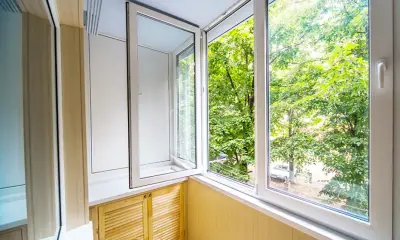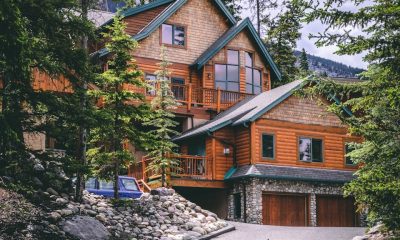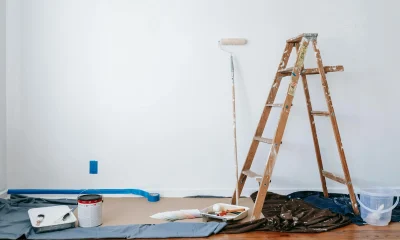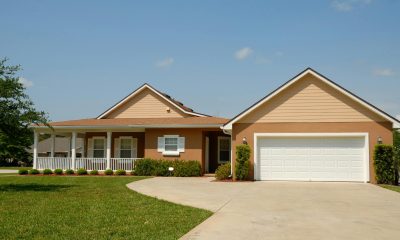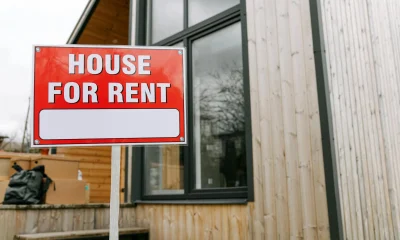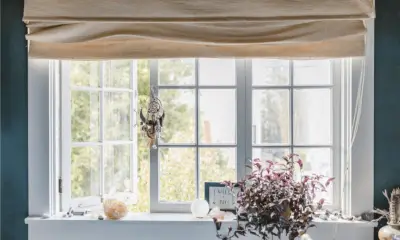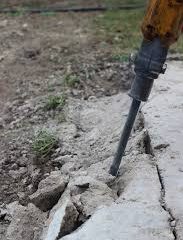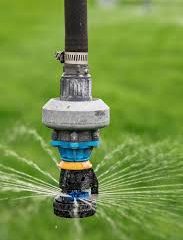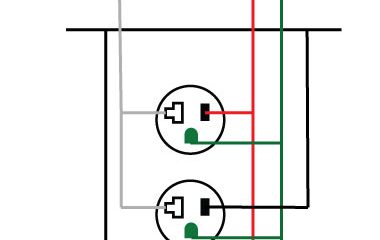Guides
What Are The Signs Your Log Home Needs Repair Services?
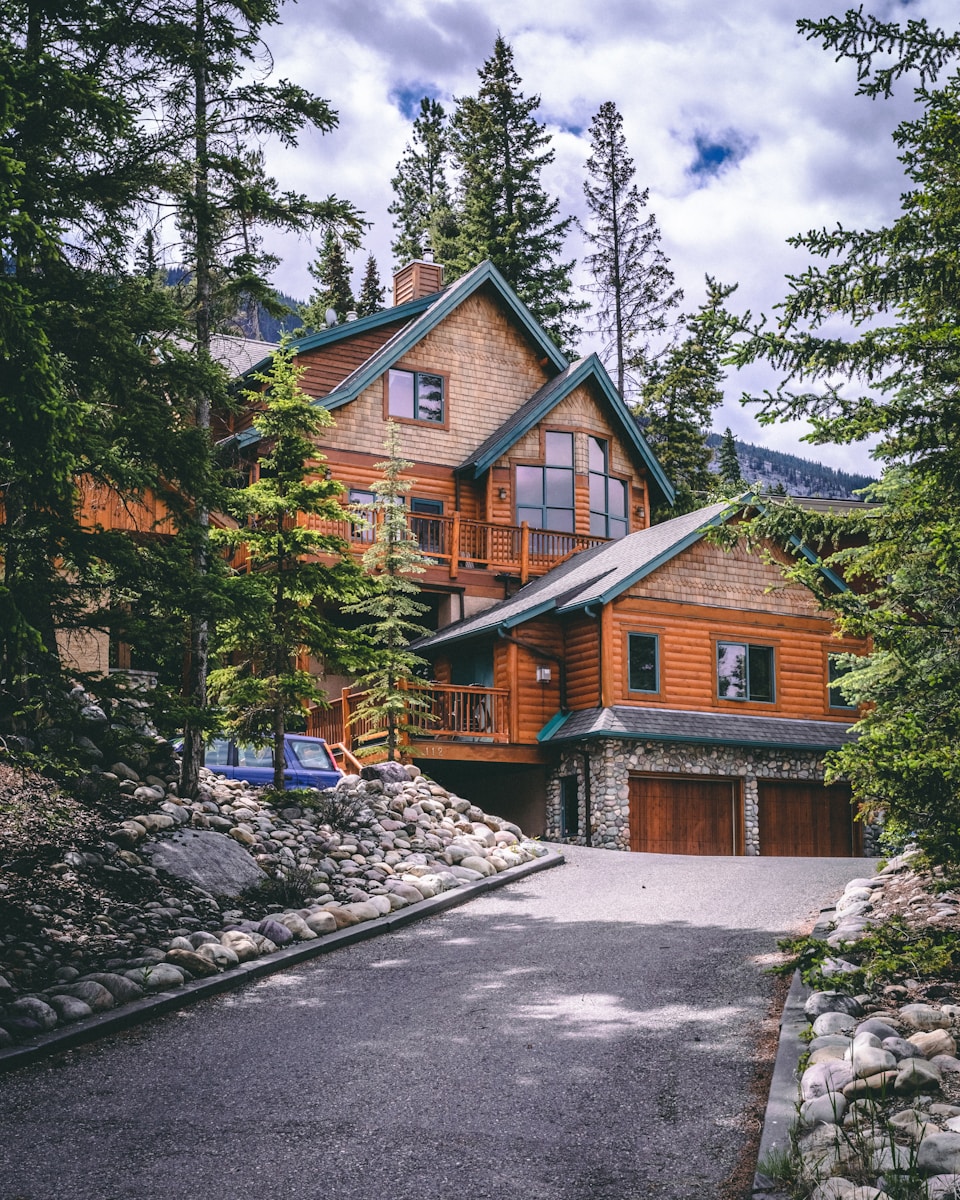
Your log home may begin to deteriorate due to various issues, such as pests, aging, or weather elements. This can be prevented with professional intervention. To keep it in good shape, hire a professional to inspect and repair the damaged sections as soon as possible. Here are some signs you might need log home repair services:
Cracks and Splits in the Logs
Due to changes in moisture and temperatures, your log home may develop minor cracks. If these splits become deeper and broader, they might allow moisture, insects, and mold to enter your living space and damage the logs. In colder regions, the cracks can become larger, worsening the wood’s condition and making your home uncomfortably cold.
If these splits appear on windows and doors, they may spread and cause structural issues within your house. To avoid these issues, call a qualified company to do log home repair before your minor issues become more costly ones. A restoration contractor assesses the parts with the most issues, removes damaged sections, and replaces them.
Gaps Between Logs
To keep your home protected and insulated, log walls should have a tight seal throughout the year. If there are gaps between logs due to humidity, aging, or improperly applied sealants, your cabin needs repair right away. With open spaces, spores like mold and mildew can invade your home, causing it to rot. A professional can use caulking to seal the gaps between logs.
When fixing gaps, specialists adjust logs that are in good condition to seal the gaps and allow the walls to have a proper shape. If the weatherproof material is worn out, experts re-seal or re-chink to address gaps or leaks. The existing chinking or sealants are removed, and fresh products are applied to create a barrier that resists weather and bugs. This helps your logs withstand the weather.
Water Stains and Damage
Once water gets into the wood and settles, you might notice dark spots, streaks, and patchy discolorations on your walls. This can happen when gutters are blocked, missing, or installed incorrectly, which leads to water damage, decay, and mold. As time passes, your home may become more rundown, and some sections may crumble if you don’t address the issues. If the damage is minor, professionals sand and patch it as part of spot repairs. For severely damaged parts, they are removed and replaced to strengthen the structure.
Wood Rot
Rotten wood on your log cabin feels soft when pressed and has musty odors. This is a serious issue that requires prompt action. Once the decay starts, it can spread through the wood fibers, making your home vulnerable to strong winds. To prevent rot from reaching other sections, an expert cleans and dries it out if the decay is minor. Upon drying, the sections are treated with wood preservatives or products that prevent rot. If the decay is severe, the affected part or the entire log is cut out and replaced immediately with new wood.
Insect Infestation
Pests, such as carpenter ants, beetles, and termites, eat away wood, creating small holes and sawdust when you check your log home. If left untreated, your log home can sag and become infested with various types of pests.
One way to prevent future invasions is to locate and seal entry points properly. Experts also treat the affected areas using insecticides and borate-based preservatives to prevent the issue from worsening. They might install fasteners, brackets, or internal rods to strengthen the weak sections.
Get Quality Log Home Repair
Whether you notice minor or serious issues with your log home, it’s beneficial to schedule repairs promptly to fix them. Depending on how damaged the sections are, they are either chinked, sealed, or replaced to make them optimal again. To get quality log home repair, call a trusted company today to book an appointment.
Understand What Makes Log Homes Special
Log homes settle, shift, and age in ways that stick-built houses simply don’t. Every log has its own personality—some species, like cedar, shrug off pests and rot, while softer woods need extra protection. Knowing your timber means:
-
Matching sealants and finishes that expand and contract with each log
-
Spotting natural settling before it turns into unsightly gaps
-
Respecting the wood’s character by choosing breathable stains instead of trapping moisture under paint
When you partner with a certified log-home inspector, you gain a map of your cabin’s unique stress points and a clear plan for preventive care.
Spot Early Warning Signs of Trouble
Catching small issues in the bud saves time, money, and heartache down the line. Keep an eye—and ear—out for these telltale clues:
-
Hairline cracks widening into splits around windows and doors, inviting water, mold, or insects
-
Daylight peeking through chinking, betraying lost insulation and rising energy bills
-
Dark streaks or patchy discolorations, signaling trapped moisture that can lead to rot
-
Soft, spongy wood fibers when you press on a log—classic wood-rot territory
-
Tiny exit holes and powdery sawdust from beetles, termites, or carpenter ants
As soon as you notice anything off, mark it on your maintenance calendar and assess whether you can handle it yourself or need to call in a pro.
Build a Seasonal Maintenance Rhythm
Rather than waiting for an emergency, weave simple chores into your yearly routine. Here’s a friendly roadmap:
-
Spring spruce-up: Rinse logs with a gentle hose spray, clear gutters, and inspect roof overhangs for wood rot.
-
Summer touch-ups: Recoat sun-baked logs with a low-VOC, UV-resistant stain. Check chinking lines for cracks.
-
Autumn readiness: Trim back vegetation that brushes your siding and clean leaves from gutters to prevent splash-back.
-
Winter safeguards: Run an indoor humidifier to slow log shrinkage, and listen for new pops or creaks as the cabin chills down.
Sticking to this rhythm keeps your home in tune with the seasons—and avoids unexpected repair bills.
Choose Products That Work as Hard as You Do
Not all sealants and finishes are cut from the same cloth. Look for:
-
Low-VOC, breathable stains that let moisture escape without fading or cracking
-
Chinking compounds rated for log homes, with built-in mildew inhibitors and insect repellents
-
FSC-certified lumber and Green Seal–approved products when it’s time to replace boards or logs
By investing in quality materials up front, you’ll extend service intervals and safeguard your cabin’s health.
Know When to Call in the Experts
DIY can only take you so far. Here’s when you’ll want a skilled technician on your side:
-
Full log replacement or structural beam repair that demands precision cutting and heavy-duty cranes
-
Infrared or moisture-meter inspections to detect hidden decay behind sealed surfaces
-
Major chinking jobs requiring professional mixing, adhesion tests, and warranty-backed workmanship
-
Pest eradication with borate treatments or targeted insecticides that need EPA-certified application
A reputable log-home company will carry liability insurance, provide clear, itemized quotes, and stand by their work with labor and materials warranties.
Plan Your Budget and Protect Your Investment
Log-home repairs can range from a few hundred dollars for a caulking refresh to several thousand for full log swaps. To avoid sticker shock:
-
Set aside 1–2% of your home’s value annually for maintenance and minor fixes
-
Bundle services like gutter cleaning and sealant touch-ups in a maintenance agreement for priority scheduling and discounts
-
Keep all invoices and inspection reports in one digital folder—essential for resale value and insurance claims
This “peace-of-mind fund” ensures you never skip a necessary repair, and shows potential buyers you’ve cared for your cabin meticulously.
FAQs from Fellow Cabin Lovers
Is paint ever a good idea on logs?
Paint seals moisture in and can cause peeling; breathable stains are almost always a better choice.
When’s the best time for big repairs?
Late spring or early fall, when temperatures and humidity are moderate, give materials the best chance to cure properly.
How often should chinking be refreshed?
High-quality chinking lasts five to seven years plan to inspect annually and reapply as needed.
By blending approachable, reader-friendly tips with proven best practices and smart SEO keywords—like log home restoration, log cabin maintenance, and professional log home repair—you’re serving up a genuinely useful resource that both homeowners and search engines will love. Keep these suggestions close, and your log cabin will stay resilient, beautiful, and full of character for decades to come.
-

 Gadgets2 years ago
Gadgets2 years agoDoes Nest Thermostats Contain Cameras Or Microphones? Is It Safe For you?
-

 Guides12 months ago
Guides12 months ago10 Best Apps To Control All Your Smart Home Devices.
-

 Gadgets2 years ago
Gadgets2 years agoWhat Is The Purpose Of Red Button On The SimpliSafe Keypad?
-

 Gadgets2 years ago
Gadgets2 years agoComplete Guide About Equalizer settings for Samsung-Soundbar
-

 Gadgets2 years ago
Gadgets2 years agoFitbit Symbols Meaning: What Do The Fitbit Icons Mean?
-

 Solutions2 years ago
Solutions2 years agoWhy is My Samsung TV Picture So Dark? Exploring the Possible Causes
-

 Solutions2 years ago
Solutions2 years agoHow to Connect Your Vizio TV to WiFi Easily Without a Remote?
-

 Accessories2 years ago
Accessories2 years agoBlink Camera’s Temperature Sensor Settings, and More
























